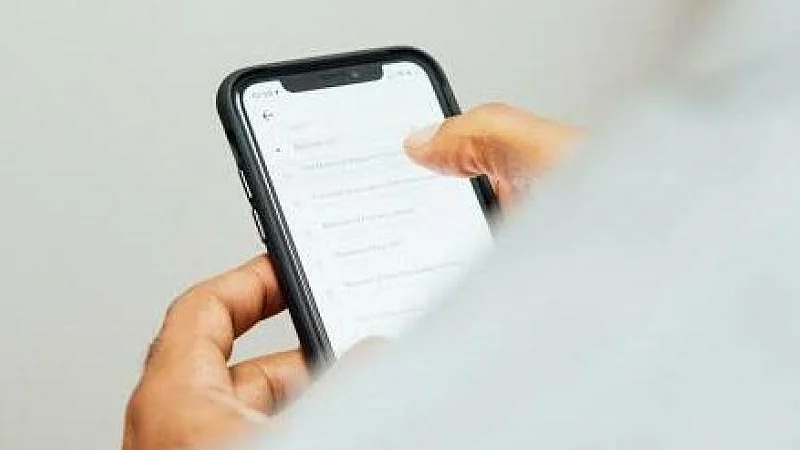Digital divide mirrors existing socioeconomic divide in India, says new Oxfam report
In India, the percentage of men owning phones was 61 per cent while only 31 per cent of women owned phones in 2021, Oxfam India's latest report said on Monday

In India, the percentage of men owning phones was 61 per cent, while only 31 per cent of women owned phones in 2021, Oxfam India's latest 'India Inequality Report 2022: Digital Divide' said on Monday.
“The world is rapidly undergoing a digital transformation. India too has been catching pace. The process of digitalisation, however, has been unequal,” said the report. “There is a notable digital divide and it mirrors the existing socioeconomic inequalities of the country.”
Oxfam India said its research showed that access to mobile phones is essential to tackle the lack of information among women, strengthen their independent decision-making and provide access to health services, adding that gendered social norms often dictate appropriate behaviour for men and women. “This has resulted in comparatively lesser levels of assimilation of women in digital transformation than men.”
The report showed that only one-third of internet users in India are women and the country has the widest gender gap of 40.4% within the Asia-Pacific region when it comes to internet access.
With the onset of the COVID-19 pandemic in 2020, the digital space became an inescapable part of people’s lives. While the privileged were easily able to adapt to the transformation phase with the availability of gadgets and uninterrupted internet connections, the marginalised, as per the report, remained disconnected. They continue to remain cut off from the benefits of this revolution and stay further behind, thus, creating a “digital divide”.
“This divide largely stems from unequal access to and use of Information and Communication Technologies (ICTs). Socioeconomic factors such as gendered social norms, affordability, geographical location and levels of digital literacy determine who owns and gets to use the available gadgets,” it adds.
As per Oxfam India’s policy brief on Educational Technology in School Education in India, more than half the children with disabilities (56.5 per cent) were struggling to attend classes, only 4 per cent of SC/ST households were reported to be studying online regularly (contrasted with 15 per cent among other castes), and 57.6 per cent of adolescent girls felt that boys get easier access to digital facilities in schools and colleges. The following sections further elucidate the privileged and marginalized in India to understand the digital divide at the individual and household level.
“There is a noticeable difference in access to computers and the internet between the advantaged and disadvantaged groups.25 Access to technology has been largely in the hands of the privileged, allowing them ease of access to services, which further exacerbates inequality,” the report says.
The report further suggests that a majority of the population does not have access to computers. However, the likelihood of access to a computer is greater for the general and OBC groups than for the SC and ST populations. “The difference between the general category and ST is as high as 7 to 8 per cent between 2018 and 2021. The percentage of SC and ST with no computers has mostly not changed but the percentage of General and OBC with no computers has increased slightly during the pandemic,” it adds.
Moreover, people with lower levels of income, as per the report, are less likely to have a computer. As the level of income increases, the likelihood of having a computer increases.
During January to April of 2018, there was a difference of 26 per cent between the first and last decile in access to a computer, which dropped to 16 per cent by the end of 2021, still maintaining a significant difference.
The report highlights economic inequality as a key driver of the digital divide. To this end, the report says that the government’s efforts to bridge India’s current income inequality by improving the income of the poor becomes pertinent and can go a long way. “This can be done by setting a decent minimum living wage, easing the indirect tax burden on citizens and provision of universal health and education services.”
It adds that the most basic step toward bridging the digital divide can be availability, followed by affordability and the need for digital literacy.
Follow us on: Facebook, Twitter, Google News, Instagram
Join our official telegram channel (@nationalherald) and stay updated with the latest headlines
